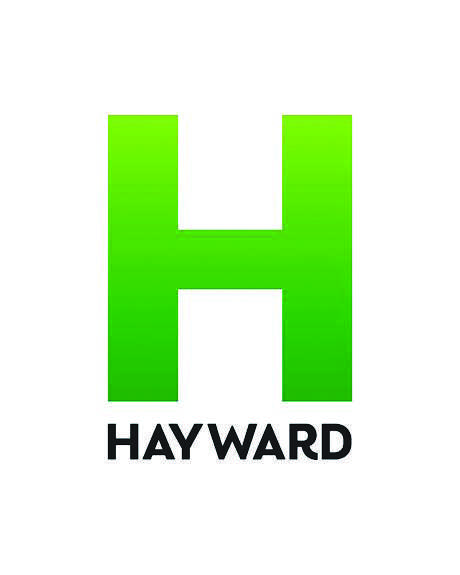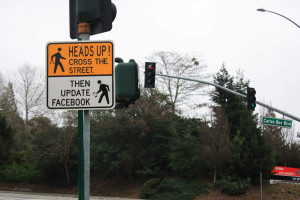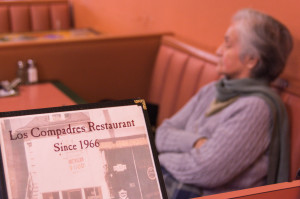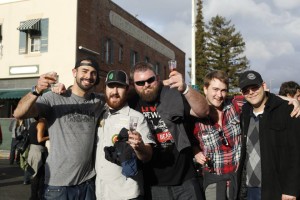Hayward re-evaluates their brand
March 5, 2015
From the newly installed traffic signs on Hayward Boulevard to the planning of the new library in downtown— the residents of Hayward are starting to see some changes to their city.
For the last couple of years, Hayward has made citywide improvements such as road maintenance, mall upgrades, and as of last year Hayward Unified School District started the “Made in Hayward” campaign to help students and educators commit to bettering education in Hayward.
With the city’s renovations, its overall image was in need for an upgrade as well. In 2013, the City Council started a brand assessment, to find a cohesive way to market the city of Hayward to current and future residents.
“The brand assessment looks at what’s in the community and how you are describing yourself to others,” said Frank Holland, city of Hayward’s Communication and Media Relations officer. “We analyze how we are perceived, and how we want to be perceived based off the inherent positive qualities that we have.”
The brand assessment is the first part of the Council’s economic development strategic plan. According to the economic development strategic plan, there are three steps involved in rebranding the city: branding and marketing, maintaining and improving the industrial sector, and improving the service and retail industry.
The plan was implemented in 2014 and should be complete in 2018. With the brand assessment in the works, parts of the new marketing are starting to come alive.
When it comes to marketing, Hayward’s City Council wants to create a logo that can be used by government, businesses, and publications to represent the city as a whole.
“If you look at our previous communication material, there’s a lot of fragmentation. Everyone was trying to do their own thing, but when that happens then it there’s a lack of a cohesive message that represents the city.”
In the process of the brand assessment Holland asked the Hayward community, “What things define Hayward?” They got their answers from the community through discussions, workshops, and online surveys. By talking to the community two themes were very apparent. The first one was Hayward’s location.
“The primary benefit is our location. We are close to three major freeways, we have an airport, and we are in the middle of the bay,” said Holland. Although the location is important, Holland explains that it’s not the enough to be the entire identity of a city.
Secondly, many people mentioned that they see a lot of untapped opportunities in Hayward. According to the brand assessment, survey takers agreed that Hayward’s potential was in its affordability, strategic location, educated workforce, welcoming population and its commitment to going green.
“If you’re Warren Buffett and you’re buying a city right now, you’re not looking at San Francisco, because it’s already at the top of the market, it’s like buying stock that’s over valued. You’re buying Hayward, it has all the same benefits as San Francisco and our rent is lower compared to competing cities.” said Holland.
Holland explains that Hayward has all the same benefits of San Francisco: like public transportation, great location, thriving downtown, and perfect for small businesses, but at more affordable price. In comparison, according to Sperling’s Best Places, the cost of living in San Francisco is 63 percent more expensive than living in Hayward and the rent prices are 129 percent more expensive in San Francisco than Hayward.
As of right now, Holland explains that Hayward’s marketing team has developed the logo of the letter “H” to stand for Hayward filled with a green gradient to represent the cities commitment to sustainability.
This whole process is not about changing Hayward’s identity, Holland explained, it’s about how to pursue economic development in the city.






